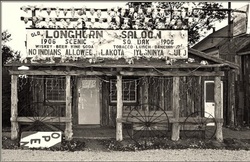
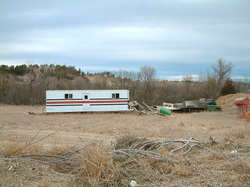
In the late 1880's, a Paiute man named Wovoka had a series of visions that started a new religion among the Plains Indians. Wovoka told the people that God had showed him that through hardship would come new life, and that if the people formed a circle--literally, but also symbolically as a community--and prayed together for peace, the turmoil of this world would burn away and the people would live. Wovoka warned them that this "burning away" would hurt very much, but it would establish a departure from our old mistakes to a new way of ministry and interconnection with life.
This new way of understanding became known as the Ghost Dance. The name comes from a misunderstanding by Whites on the frontier, who heard Wovoka talking about setting our old lives aside to die and then seeing new life being born within us. They lacked the understanding that he was talking about transformative struggle, and assumed he was urging some type of cult-like sorcery to whip up a warlike fervor.
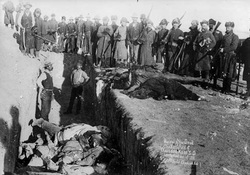
This was the final massacre of the so-called "Indian Wars." The site is now marked by a common trench grave and monument with names engraved on it. To Native people today of every tribe, the site is a shrine; it represents the difficult choice between fighting back and hating your adversaries, or becoming willing to suffer while praying and seeking peace with them, acknowledging them as our brothers and sisters whom we love despite adversity. And although that choice ended in tragedy in 1890, it has inspired thousands of people in the decades since then.
It represents the truth that despite our human flaws, our adversaries, and the risks we take to love and care for others, there is still worth in continuing to mend wounds, seek good for those who do not seek good for us, and even keep loving...keep loving. The lesson of Wounded Knee is this: Even with the wounds brought upon you by those who condemn what you do, keep loving. Keep seeing them--even your adversaries--as holy people, children of our Creator, and continue the work of tending to the wounds of others even as others might add wounds to you.
This is a hard choice.
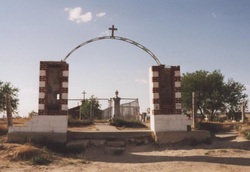
Grasshoppers swarmed away from us as we strode toward the hilltop, and I showed River where the events happened: "That's the ridge where the soldiers were lined up. That's where chief Big Foot's tipi stood. That's where his body was found. Those distant ravines are where people hid. This is the long ditch dug as a mass grave by men paid $2 a body to clean up, days later. That's where the church once stood where the wounded were gathered to die of starvation (nobody nursed them, they just brought them in from the snow--still alive--to perish, while a banner wishing "Merry Christmas" still hung from the pulpit)."
This was a more solemn time on our trip, obviously, and I hoped it would sink in somewhat to River. But I didn't want him to see it as a place where a brilliant dream had died, or where a prayer for peace failed. I wanted him to see it as a place where prayers for peace mean enough to be worth giving your life for--a place where the brilliance of a dream can succeed because people are ready to seek it to their last breath. It is a place that represents fidelity, perseverance, and courage, not a place of despair and loss.
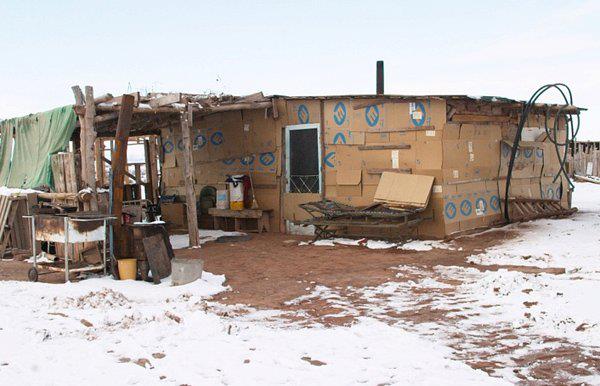
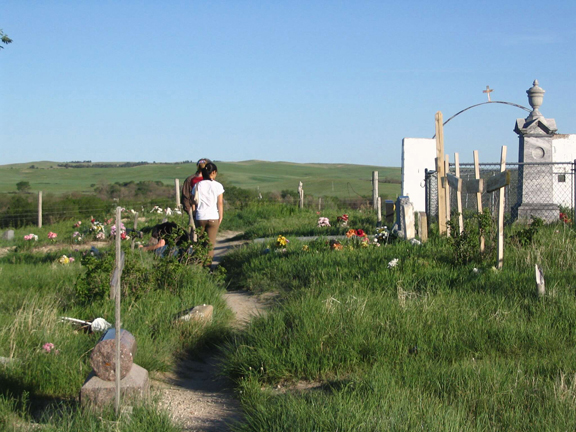
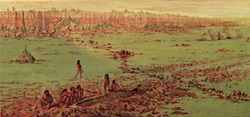
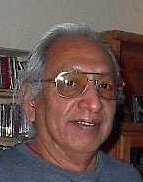
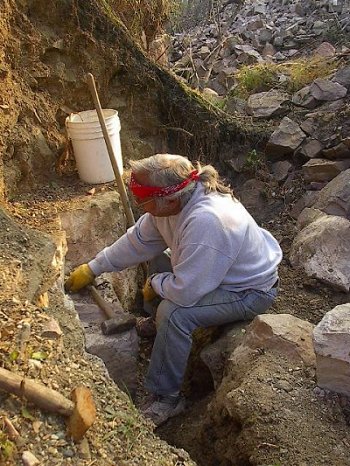
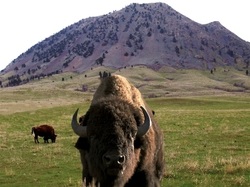
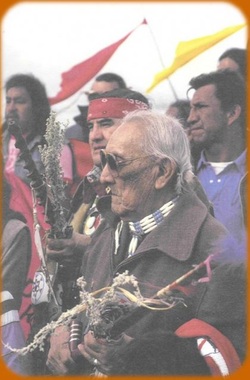

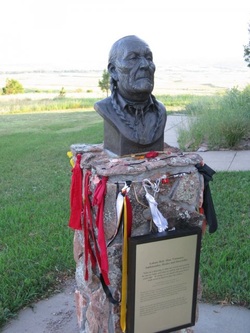
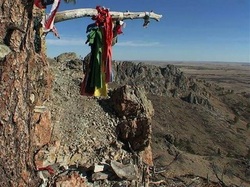
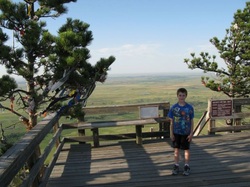
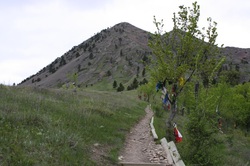

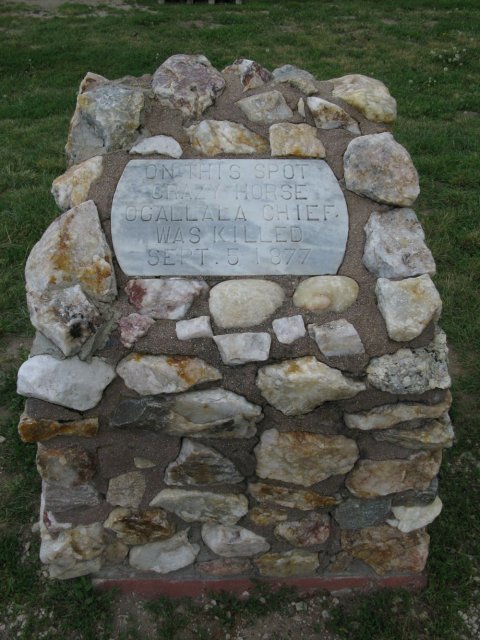
 RSS Feed
RSS Feed
